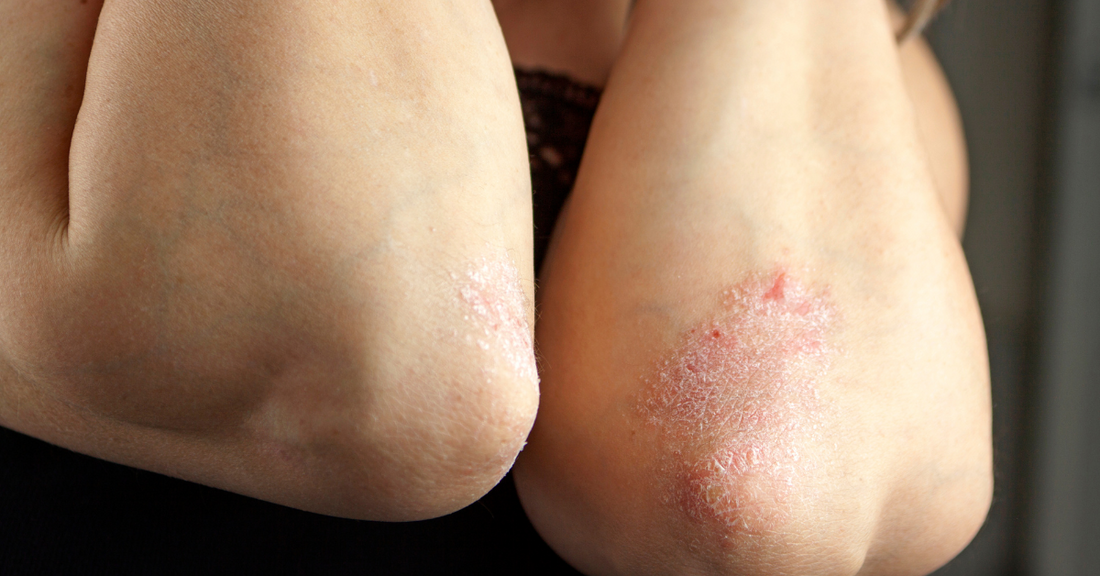
7 Types of Eczema: Causes, Symptoms, and How to Manage Them
Share
Understanding Eczema and Its Many Forms
Eczema is not a one-size-fits-all condition. While most people associate eczema with dry, itchy skin, there are actually several types, each with its own triggers, symptoms, and treatment approaches. Understanding which type you or your child may have is the first step in finding relief.
In this guide, we explore the seven most common types of eczema, their causes, and the best ways to manage them.
1. Atopic Dermatitis
Most common type, often linked to genetics
Atopic dermatitis is the most well-known form of eczema, typically beginning in infancy or childhood. It is often linked to a family history of eczema, asthma, or hay fever. This type results from a weakened skin barrier that allows moisture to escape, making the skin more susceptible to irritants and allergens.
Symptoms:
Dry, red, and itchy skin
Inflammation, often on the face, hands, elbows, and knees
Flare-ups triggered by allergens, weather changes, or stress
Management:
Keep the skin well-moisturised with gentle, non-irritating creams
Avoid harsh soaps and detergents
Identify and minimise exposure to common allergens
2. Contact Dermatitis
Caused by direct contact with irritants or allergens
This form of eczema occurs when the skin reacts to an external substance. There are two types: irritant contact dermatitis, triggered by harsh chemicals, and allergic contact dermatitis, caused by allergens like nickel, fragrances, or certain plants.
Symptoms:
Red, inflamed skin
Itching, burning, or stinging
In some cases, blisters or swelling
Management:
Identify and avoid triggers
Use protective gloves when handling irritants
Apply soothing, barrier-repairing skincare
3. Dyshidrotic Eczema
Small, itchy blisters on the hands and feet
Dyshidrotic eczema primarily affects the fingers, palms, and soles of the feet. The exact cause is unknown, but it is often linked to stress, sweating, or exposure to metals like nickel.
Symptoms:
Fluid-filled blisters that cause intense itching
Skin may crack or peel as blisters heal
Flare-ups triggered by humidity or stress
Management:
Keep hands and feet dry
Use mild, non-irritating moisturisers
Avoid known irritants such as nickel
4. Nummular Eczema
Round, coin-shaped patches of irritated skin
Nummular eczema, also called discoid eczema, often develops after an injury, insect bite, or excessively dry skin. It tends to be more stubborn than other forms of eczema.
Symptoms:
Round, scaly patches of skin
Severe itching and inflammation
Can appear anywhere on the body, but often affects the legs and arms
Management:
Apply thick, hydrating creams to lock in moisture
Use gentle skincare products without harsh detergents
Avoid hot showers that can further dry the skin
5. Seborrhoeic Dermatitis
Affects oily areas like the scalp, face, and chest
Seborrhoeic dermatitis is caused by an overgrowth of yeast on the skin, leading to inflammation and excess oil production. It is commonly known as cradle cap in infants and dandruff in adults.
Symptoms:
Greasy, yellowish patches with flaky skin
Redness and irritation, especially around the scalp, eyebrows, and nose
Can worsen in colder weather
Management:
Use a mild, anti-fungal shampoo or cleanser
Avoid harsh hair and skincare products
Keep the skin hydrated without using heavy oils
6. Stasis Dermatitis
Linked to poor circulation, often in the lower legs
Stasis dermatitis occurs when blood flow in the lower legs is impaired, often due to varicose veins or other circulation issues.
Symptoms:
Swollen, discoloured skin, usually around the ankles
Itchiness, dryness, and scaling
Skin may feel tight or uncomfortable
Management:
Elevate the legs to improve circulation
Use compression stockings if advised by a healthcare professional
Keep the skin moisturised to prevent cracking
7. Neurodermatitis
The itch-scratch cycle driven by stress
Neurodermatitis begins with an itchy patch of skin that worsens due to repeated scratching. It is often triggered by stress, anxiety, or other neurological factors.
Symptoms:
Thickened, leathery patches of skin
Intense itching, often worse at night
Commonly affects the neck, wrists, ankles, and inner arms
Management:
Break the itch-scratch cycle by keeping skin covered
Reduce stress through relaxation techniques
Apply soothing, "anti-itch" creams
Which Type of Eczema Do You Have?
While all forms of eczema share common symptoms, their causes and management approaches vary. Understanding your triggers and skin needs is essential for effective care.
At Earthwoven, we focus on skincare that supports the skin barrier with gentle, nourishing ingredients. If you have eczema-prone skin, explore our range of soothing, science-backed skincare products formulated for sensitive skin.
